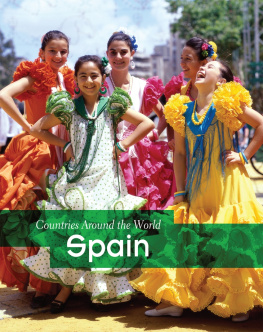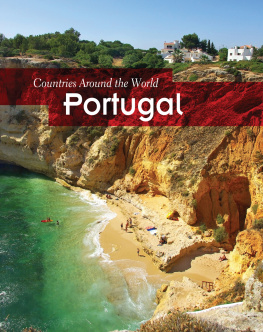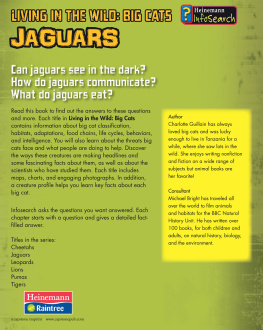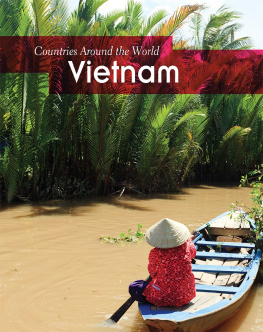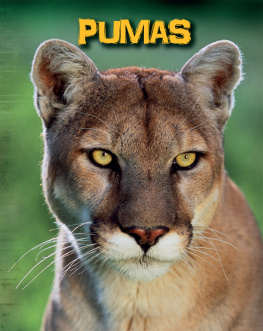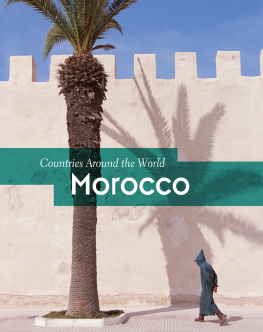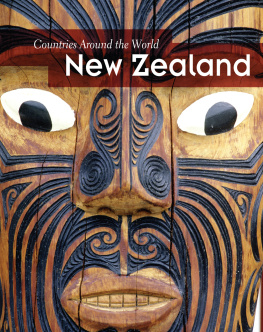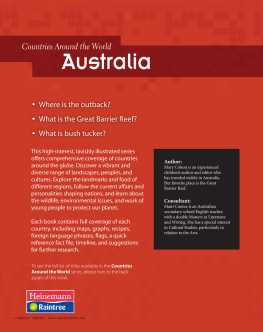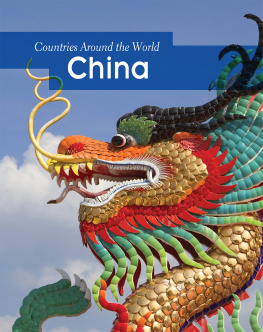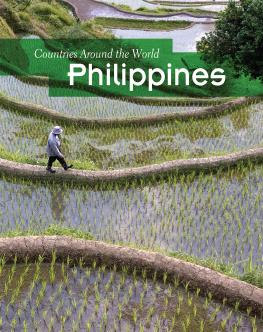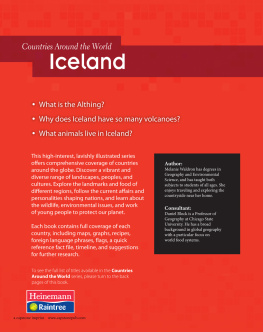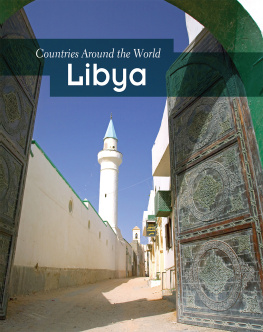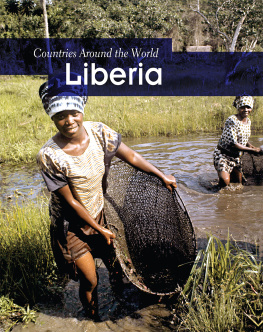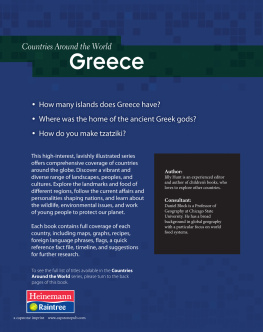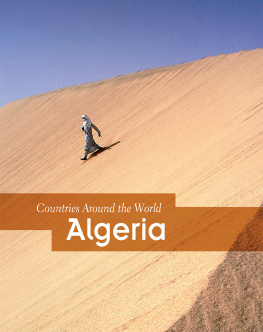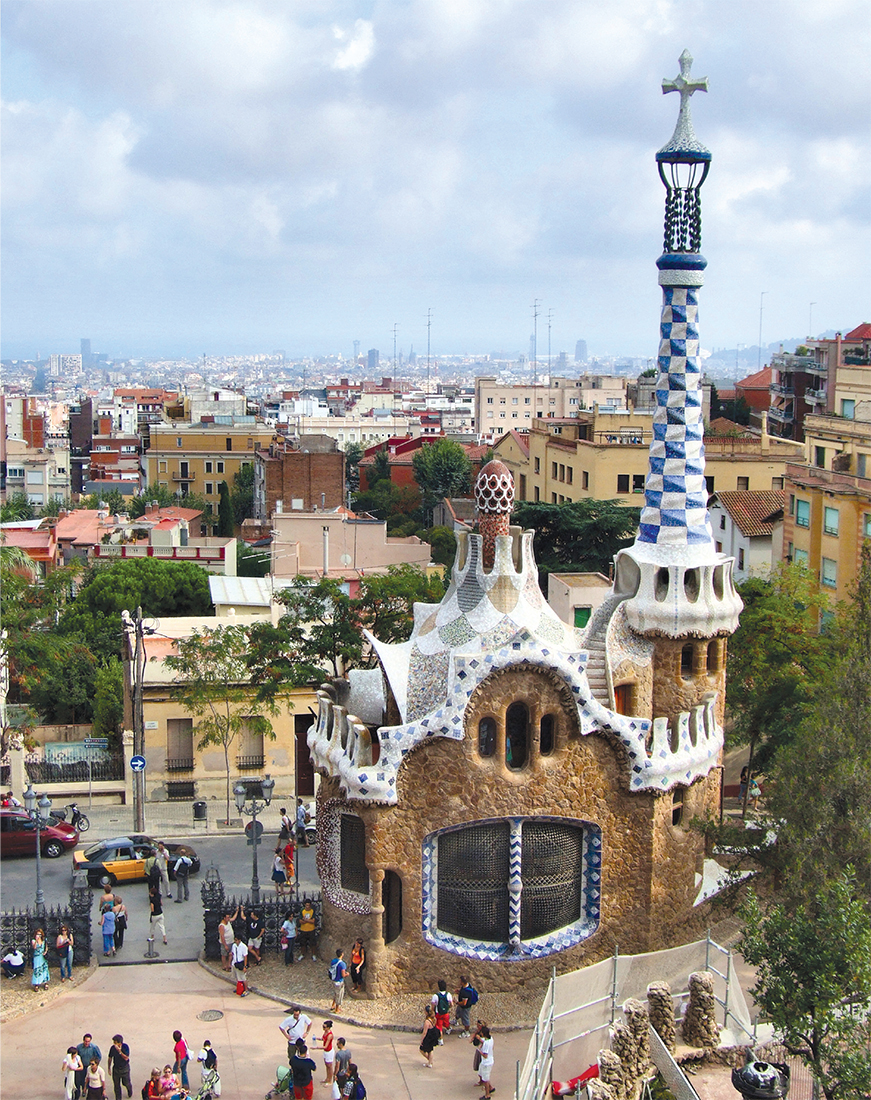Find Out More
Books
Barker, Catherine. Spain. Washington, DC: National Geographic Children's Books, 2010.
Berendes, Mary. Welcome to Spain. North Mankato, MN: Child's World, 2008.
Marcelino, Pedro, and Slawko Waschuk. Junior Jetsetters Guide to Lisbon. Toronto:Junior Jetsetters Inc., 2010.
Rice, Simon. Discover Spain. New York: PowerKids Press, 2010.
Ryan, Sean. Spain in Our World. Mankato, MN: Smart Apple Media, 2010.
Sheen, Barbara. Foods of Spain. San Diego, CA: KidHaven Press, 2007.
DVDs
Christina Chang and Shilpa Mehta. Globe Trekker: Spain. Directed by Ian Cross. London:Pilot Productions, 2002.
Jos Andrs. Made in Spain (1 & 2). Directed by Bruce Franchini and Dominik Ciardiello.Arlington, VA: PBS, 2008.
Rick Steves' Europe: Spain & Portugal 20002009. New York: Perseus, 2009.
Websites
en.uefa.com/memberassociations/association=esp/index.html
Visit this website to findout more about La Liga , Spanish soccer's (what they call "football") first division.
www.bbc.co.uk/schools/primarylanguages/spanish
Visit this BBC website to start learningSpanish.
www.spain.info
Look at Spains official tourist website for information about the regions, foods,and history of Spain.
www.cia.gov/library/publications/the-world-factbook/geos/sp.html
The World Factbookis a publication of the Central Intelligence Agency (CIA) of the United States. Itprovides information on the history, people, government, economy, geography, communications,transportation, and military of Spain and over 250 other countries.
Places to visit
If you ever get the chance to go to Spain, here are some interesting places to visit:
The Alhambra Palace, Grenada
www.alhambra-patronato.es
Visit the beautiful buildings and gardens of this Moorishpalace.
The Guggenheim Museum, Bilbao
www.guggenheim-bilbao.es/?idioma=en
This museum offers tours for families in Englishand many art activities for children.
Museo del Prado, Madrid
www.museodelprado.es/en
Visit this museum to join in with family activities and learnabout art.
Parc Gell, Barcelona
www.parkguell.es/eng
These gardens above the city are decorated with colorful mosaicsand were designed by the famous architect Antoni Gaud. You could also visit theSagrada Famlia church in Barcelona, which Gaud also designed.
The Sierra Nevada
In winter you can learn to ski and snowboard, or enjoy sledding on the snowy slopes.
Contents
Some words are printed in bold, like this . You can find out what they mean by looking in the glossary.
Introducing Spain
What do you know about Spain? Maybe you have seen pictures of Madrid or you are learningSpanish at school. When you think of Spain do you imagine beaches and bullfighting,or flamenco dancing and soccer? Have you ever eaten Spanish food or watched a Spanishfilm? There is so much that is famous about Spain, but there are also many thingsthat are less well known to the rest of the world.
Country of contrasts
Spain is a country in southwest Europe with a colorful and varied history, stunningand diverse scenery, and a fascinating culture . It covers an area of 195,364 squaremiles (505,991 square kilometers), slightly more than twice the size of the stateof Oregon. Spain's landscape includes sandy beaches, mountain ranges, and a large plateau . Many people visit Spain each year to relax by the sea or explore its cities.
Global influence
Throughout its history, Spain has been influenced by other cultures, and the Spanishlanguage and customs have spread around the world. While Spain is no longer as powerfulas it was in the past, Spanish food, films, and sports stars are still well knownaround the world.
How to say...
| hello | hola | (o-LA) |
| how are you? | qu tal? | (ke-TAL) |
| no | no | ( no) |
| yes | s | (see) |
| please | por favor | (por fa-VOR) |
| thank you | gracias | (GRA-thyas) |
| you're welcome | de nada | (de NA-da) |
The city of Barcelona is full of amazing buildings designed by the architect Antoni Gaud.
History: Civilizations and Civil War
Fossils found in Spain tell us that early humans lived there 1.2 million years ago. Prehistoric cave paintings show animals that people would have hunted around 12,000 BCE.
Visiting civilizations
People from various Mediterranean civilizations later traded and settled in Spain.Phoenicians, from today's Lebanon, had settled in southern Spain by 800 BCE. Theyexchanged goods such as perfumes, oils, and jewelry for precious metals. Greek tradersfollowed, bringing olive trees and grapes. By the 6th century BCE people from Carthage,in modern-day Tunisia, were colonizing southern Spain.
The settlers from Carthage were pushed out by the Romans, who arrived in Spain in218 BCE and ruled for 600 years. The Romans introduced a good infrastructure and Christianity , but during the 400s CE a tribe called the Visigoths began taking landin the north. Then, in 711 CE, Muslims from North Africa invaded the south of thecountry.
Moorish Spain
The Muslim settlers were known as Moors. They ruled almost all of Spain and Portugal.Their territory was called Al-Andalus, with its capital in Crdoba.
Muslim rule saw many great achievements in science and the arts, including farmingdevelopments and stunning architecture . The Arabic language also influenced the Spanishlanguage. Christian rulers fought to regain land from the Moors for centuries, andby the mid-1200s only the southern Muslim kingdom of Granada remained.
The impressive Alhambra palace in Granada was built by Moorish rulers in the 1300s.
CALIPH ABD-AL-RAHMAN III (891 961 CE)
Abd-al-Rahman III became the emir of Crdoba in 912 CE. He was an intelligent ruler,who defeated rebels and fought Christians from the north. Under his rule MoorishSpain became rich and powerful, and he became caliph in 929 CE. He had firm controlof the country, and he even executed his own son for turning against him in 949 CE.
Ferdinand and Isabella
In 1469, two Spanish kingdoms were united when Isabella of Castile and Ferdinandof Aragon married. They were heirs to the thrones of their kingdoms, and their marriageunified Spain's most important Christian states. This united power drove the lastof the Moors out of Spain.
Isabella was a strong Catholic , and under her rule Spanish Jews were persecuted.The Spanish Inquisition was set up to force Jews to convert to Christianity or besent away from Spain if they refused. Muslims were also forced to convert. AlthoughFerdinand and Isabella ruled together, their kingdoms kept their own unique traditionsand identities.
The New World
Ferdinand and Isabella paid explorers such as Christopher Columbus to find new traderoutes. In 1492, Columbus arrived in the Bahamas and later reached the coast of SouthAmerica. He was followed by the conquistadors , who traveled to this "New World" toclaim land in Spain's name. Two notable conquistadors were Hernn Corts, who defeatedthe Aztec Empire in Mexico, and Francisco Pizarro, who conquered the Incas of Peru.Spanish colonies were set up there and elsewhere in South and Central America, andgold, silver, and jewels were sent back to Spain. This was a golden age for Spain,but its wealth and power were gradually reduced by expensive foreign wars.

